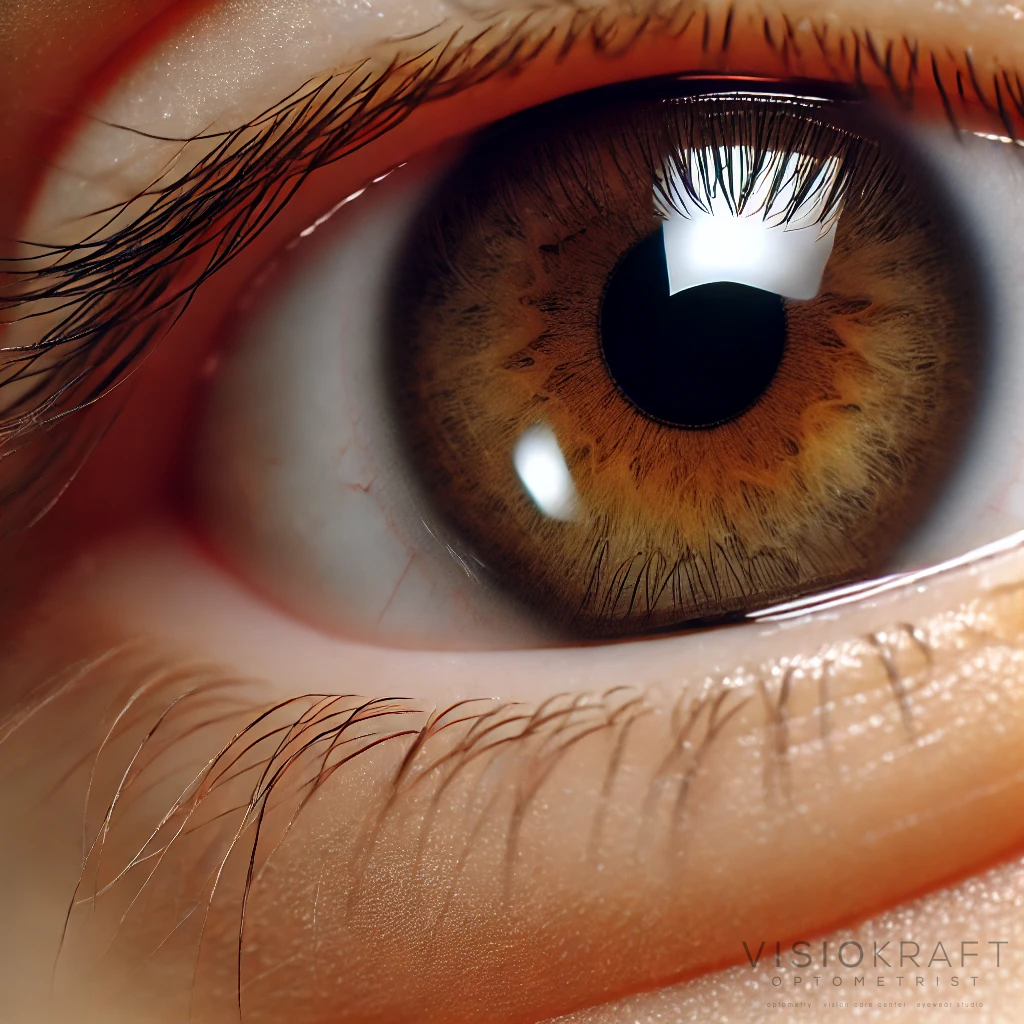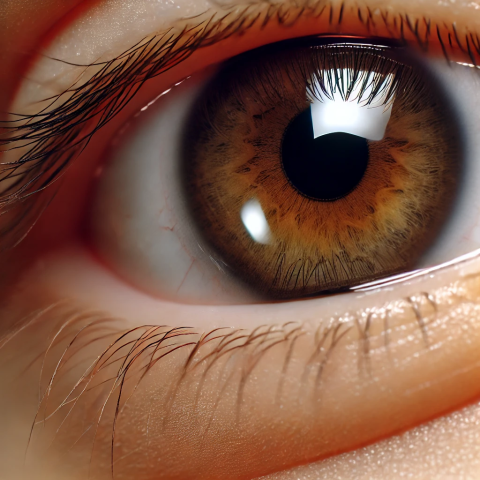Managing Myopia in Children: A Guide for Parents

👀 Why You Should Schedule Your Annual Routine Eye Exam – It’s More Important Than You Think! 💡
September 30, 2024
The Full Picture of Vision: More Than Just Clarity
November 12, 2024Introduction to Myopia and Its Dangers
Myopia is a refractive error that causes distant objects to appear blurry while close objects remain clear. It occurs when the eyeball is elongated, or the cornea has too much curvature, causing light to focus in front of the retina instead of directly on it. High myopia is a growing concern globally, as it increases the risk of serious eye conditions later in life, such as retinal detachment, glaucoma, cataracts, and even myopic maculopathy [1].

The prevalence of myopia is rapidly increasing worldwide, and it’s estimated that by 2050, half of the global population could be affected. If left unmanaged, myopia often progresses rapidly, especially during childhood and adolescence, which can lead to severe complications as children grow older.
Why is Managing Myopia in Children Important?
Myopia is not just a matter of needing stronger glasses. When myopia progresses, the elongation of the eye puts extra strain on the structures of the eye, increasing the risk of more serious vision problems down the road. This is why it is crucial to take steps to manage myopia, especially during childhood when the eye is still developing.
Parents who are health-conscious about their children’s well-being should be particularly aware of this growing issue. Studies indicate that spending more time outdoors and reducing prolonged near-work activities can help reduce the risk of developing myopia [3]. By taking proactive steps now, you can help your child maintain healthier vision throughout their life and reduce the chances of complications that come with high myopia.
Ways to Manage Myopia Progression
Fortunately, there are several effective ways to manage myopia progression in children:
1. Specialized Eyeglasses
Certain types of eyeglasses, such as MyoCare lenses from Zeiss, have been clinically proven to slow the progression of myopia. MyoCare lenses work by applying defocus technology to help reduce the eye’s elongation [4].
2. Specialized Contact Lenses
Contact lenses such as CooperVision MiSight are also effective in managing myopia progression. MiSight lenses are daily disposable contact lenses designed specifically for children to help slow down the elongation of the eye, thus reducing myopia progression [4]. Compared to methods like Ortho-K, MiSight lenses are a more convenient and non-invasive option, as they do not require overnight wear and are simple and safer to use, making them particularly suitable for younger children.
2. Atropine Eye Drops
Low-dose atropine eye drops have also been shown to be effective in slowing myopia progression in children. These drops are typically administered daily and work by relaxing the eye’s focusing mechanism, which helps to reduce eye elongation [5].
3. Lifestyle Modifications
Encouraging your child to spend more time outdoors and take regular breaks from close-up activities, such as reading or using electronic devices, can significantly impact myopia progression. Research suggests that children who spend at least 1-2 hours outdoors each day have a lower risk of developing or worsening myopia [6].
Conclusion: Take Action for Your Child’s Eye Health
Myopia management is a vital aspect of ensuring long-term eye health, especially for children. By understanding the risks and taking proactive steps, parents can help control myopia progression and reduce the potential complications associated with high myopia.
At our Bayan Lepas optometry practice, we offer personalized myopia management solutions tailored to your child’s needs. Whether through specialized lenses, atropine therapy, or lifestyle guidance, we are committed to helping your family maintain optimal vision health.
If you are concerned about your child’s vision or want to explore myopia management options, feel free to book an appointment with us. Together, we can work towards a future of healthier eyes for your loved ones.
References
[1] Flitcroft, D.I. (2012). The Complex Interactions of Myopia and Pathological Myopia. Investigative Ophthalmology & Visual Science.
[2] Holden, B.A., et al. (2016). Global Prevalence of Myopia and High Myopia and Temporal Trends from 2000 through 2050. Ophthalmology.
[3] Wu, P.C., et al. (2013). Outdoor Activity during Class Recess Reduces Myopia Onset and Progression in School Children. Ophthalmology.
[4] Cho, P., & Cheung, S.W. (2012). Retardation of Myopia in Orthokeratology (ROMIO) Study. Investigative Ophthalmology & Visual Science.
[5] Chia, A., et al. (2016). Atropine for the Treatment of Childhood Myopia: Safety and Efficacy. Ophthalmology.
[6] Rose, K.A., et al. (2008). Outdoor Activity Reduces the Prevalence of Myopia in Children. Ophthalmology.


